Blisters or bubbles in dry film.
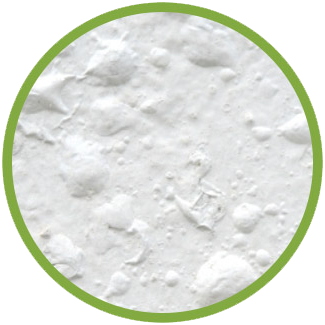
Pinholes on dry film.
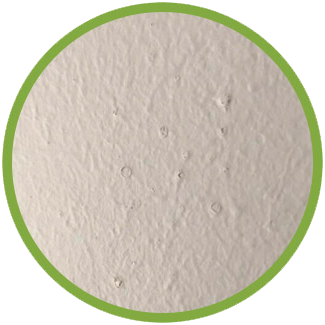
Entrapped moisture or ingress lead to elevated alkaline levels. Efflorescence residue will be visible on the surface of the paint coating. This is commonly mistaken as pigment fading due to UV exposure.

Bright yellow, orange and red pigments tend to fade sooner compared to oxides. UV exposure attacks the pigment structure leading to a loss of colour i.e. yellow to pink.
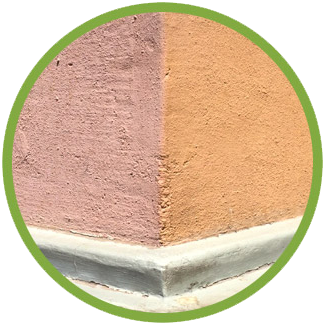
Non uniform marks on prepared and finished substrates.
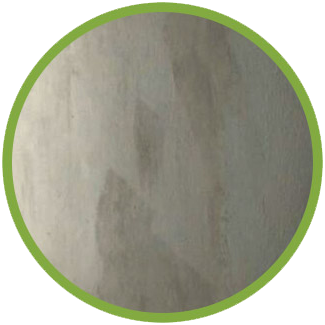
Early weathering on parapets.
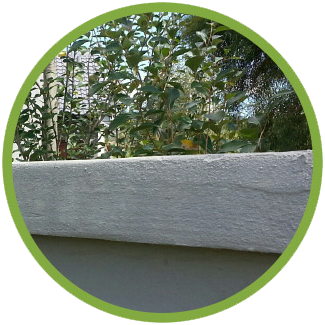
A non-uniform appearance may occur when a wall is painted with a roller and the edges are cut in with a brush. Cut in and roller application must happen while paint film is still wet to form a homogenous film. If cut in happens after roller application, this might form a darker patch due to an additional dry film thickness.
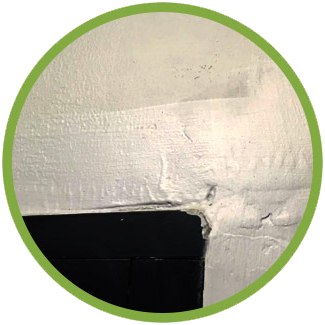
Uneven obliteration.
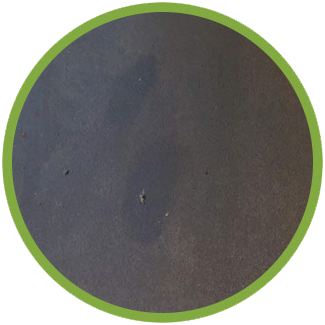
Damp usually does not rise higher than 1.2m from ground level. See efflorescence or blisters.
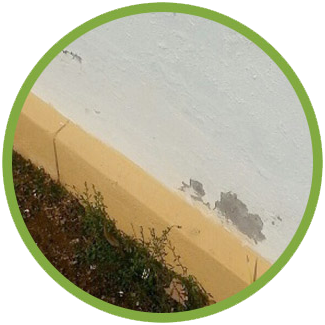
Mild and galvanized steel.
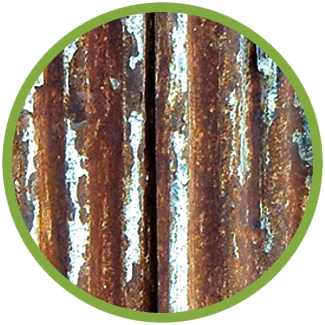
Streak marks on newly painted surface.
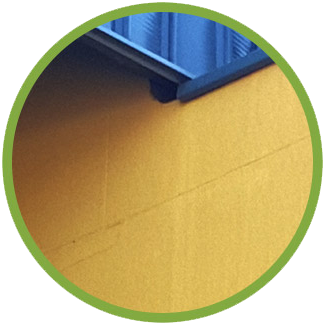
Yellow / brown or black stains.
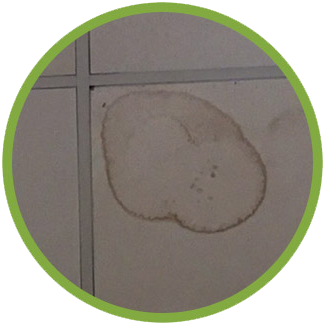
Surface cracks due to settlement or movement of structure.

Flaking paint from tile roofs.
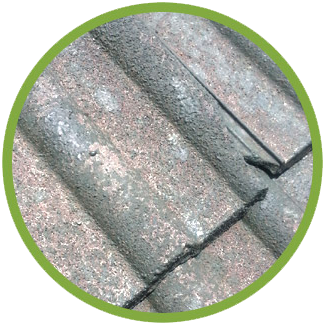
Colour variation due to touch-up spots being an additional dry film thickness that might reflect lighter or darker. It is not recommended to do touch-ups. If repairs need to be done on painted walls – Repair, spot prime with plaster primer and allow to dry, spot prime with original paint and colour and allow to dry. Repaint the complete surface from corner to corner according to the methodology explained above.






